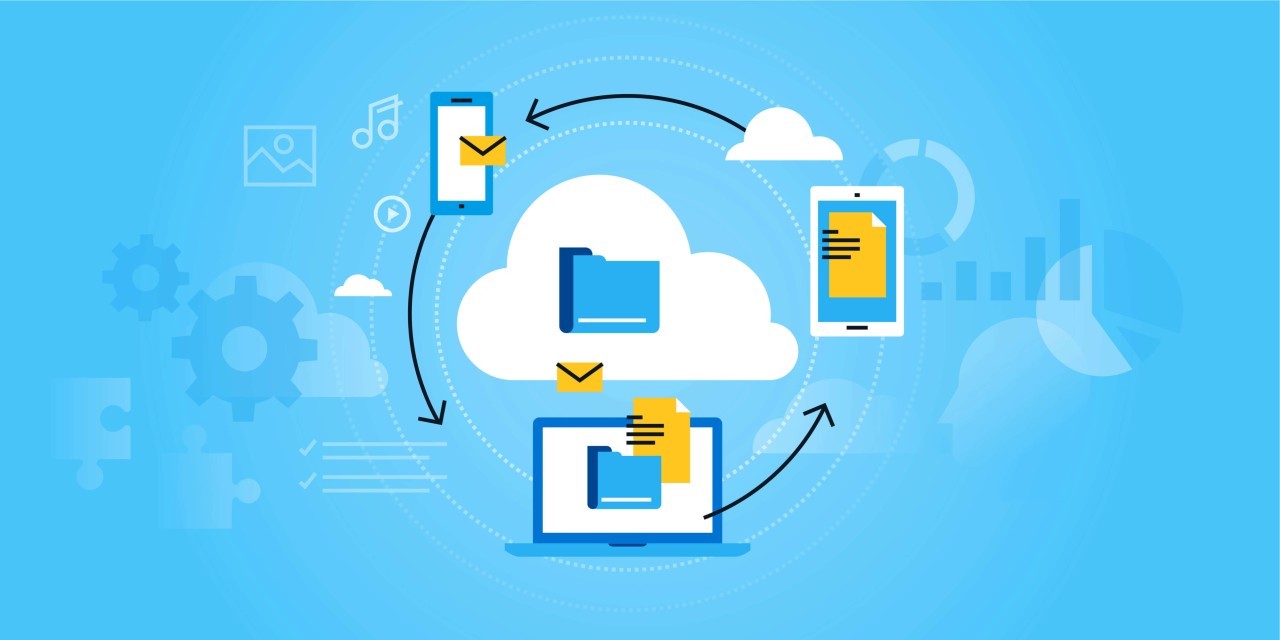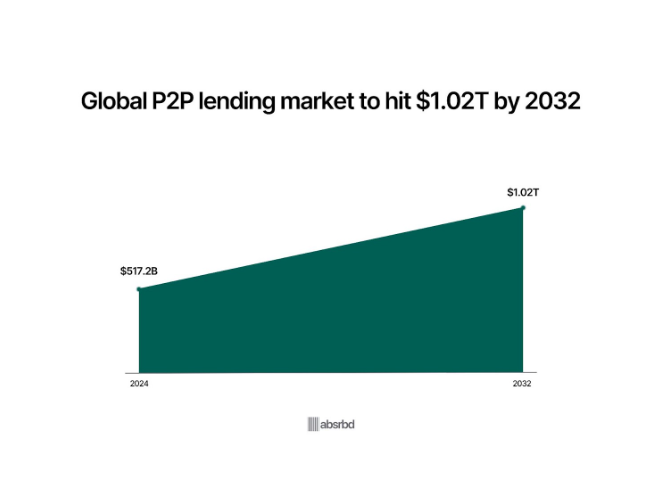
The Evolution of Direct Credit Exchange: From Traditional Banks to Virtual Solutions
The world of finance has changed in the past few years. Borrowers and lenders now engage directly with each other on new websites. What would happen to your business if loan transactions moved more efficiently and more freely over the internet?
Recent scholarly research emphasizes that distributed computing environments offer such online marketplaces the agility to manage peak loads without having to spend heavily on physical infrastructure. This "elastic" capacity enables systems to adjust dynamically when there is a sudden spike in credit requests, ensuring business continuity round-the-clock.
The Digital Backbone: Virtual Infrastructure Redefined
Picture thousands of loan applications coming at one time, like the traffic experienced during a flash sale on an online shopping website. With top‑tier virtual setups, peer‑to‑peer lenders can ramp computing capacity up or down in synchronization with changes in volume.
How could greater scalability impact your company's productivity during your busiest times? By abandoning physical, static hardware for hosted setups, these marketplaces enjoy a degree of flexibility that responds to demand not only for completion but also warrants operational costs.
Cost‑Effectiveness and Agile Investment
Most innovative credit services are forgoing data center ownership. Instead, they are renting virtualized operating environments on demand. In addition to making costs more manageable, it releases excess capital to invest in user interface innovations, cybersecurity solutions, or new financial offerings. Ask yourself: Could reallocating investment from physical infrastructure into sophisticated digital services enhance your competitive standing?
Speed and Flexibility
The pace at which new features are coming to market, from mobile access and secure API integration with third-party apps to interactive dashboards, is the hallmark of contemporary digital operations. This responsiveness enables credit services to react quickly to customer requirements and market conditions with lower turnaround time and time‑to‑market for new products. How quickly does your system evolve with new technologies and learn the marketplace?
Securing the System
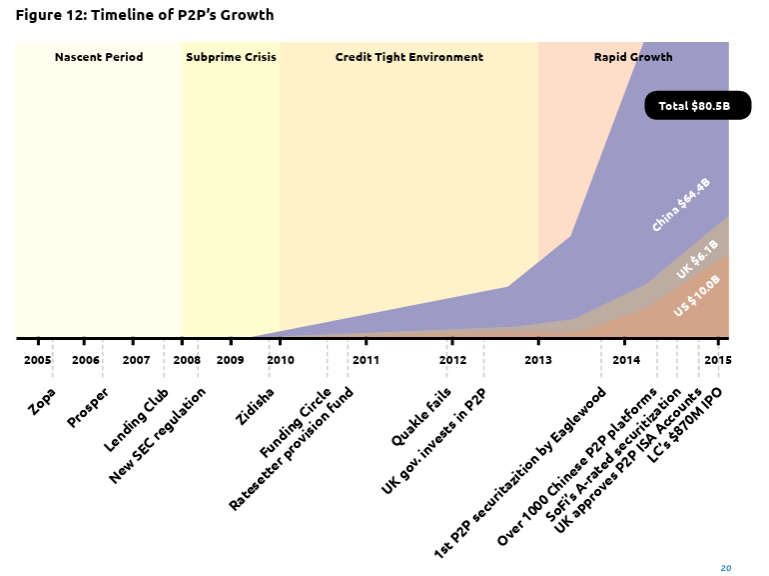
Keeping confidential financial documents is of the highest priority. How do such systems protect loan applicant data and other confidential documents during this age of electronic data?
End-to-End Encryption and Secure Storage
Secure encryption technologies protect each piece of personal and financial data as it moves from node to node while in storage. Additional security measures, such as data segmentation, multi‑factor authentication, and access by permission, guarantee sensitive information is shared only among authorized personnel. Is your current security measure robust enough to counter new threats? Adherence to data protection legislation, such as GDPR in Europe, is necessary to secure the confidence of credit seekers and investors alike.
Continuous Compliance and Automated Updates
Unlike older legacy systems that lag behind evolving standards, newer virtualized environments are periodically updated with security patches. Automated scanning for compliance and real-time patching minimizes vulnerabilities without a human's manual intervention, essentially minimizing the possibility of data breaches. Would an automated update process improve your overall security posture?
Real-Time Threat Detection and Strong Response
Advanced web-based marketplaces employ machine learning and artificial intelligence technologies to track network activity. With these technologies, any suspect activity is detected in real time and processed. Combined with massive event management systems, this mechanism maintains a check against possible losses and ensures system integrity. How would early detection solutions influence the way you protect your digital assets?
Resilience Against Cyber Attacks
Distributed denial-of-service (DDoS) attacks pose an enormous threat to any web service. With operations distributed over a series of global servers, hosted environments today are designed to be fault-tolerant. Even if one server becomes overloaded with malicious traffic, the entire system is still available. What would happen to your company's reputation and customer loyalty as a result of non-stop service availability?

Operational Benefits: Streamlining Digital Credit Services
Virtual platforms offer operating benefits beyond scalability and security. They also simplify a lot of the back-end processes and make them faster, leading to an even smoother ride.
One of the brightest such examples is crowdlending, where people are able to apply for credit to fuel their businesses who never wouldn’t had an opportunity to obtain it before. They’re able to do so under standards that go against the grain and take into account more indicative factors. One such example is 8lends, which allows people to lend money backed by collateral, and has yet to experience a late payment or a default.
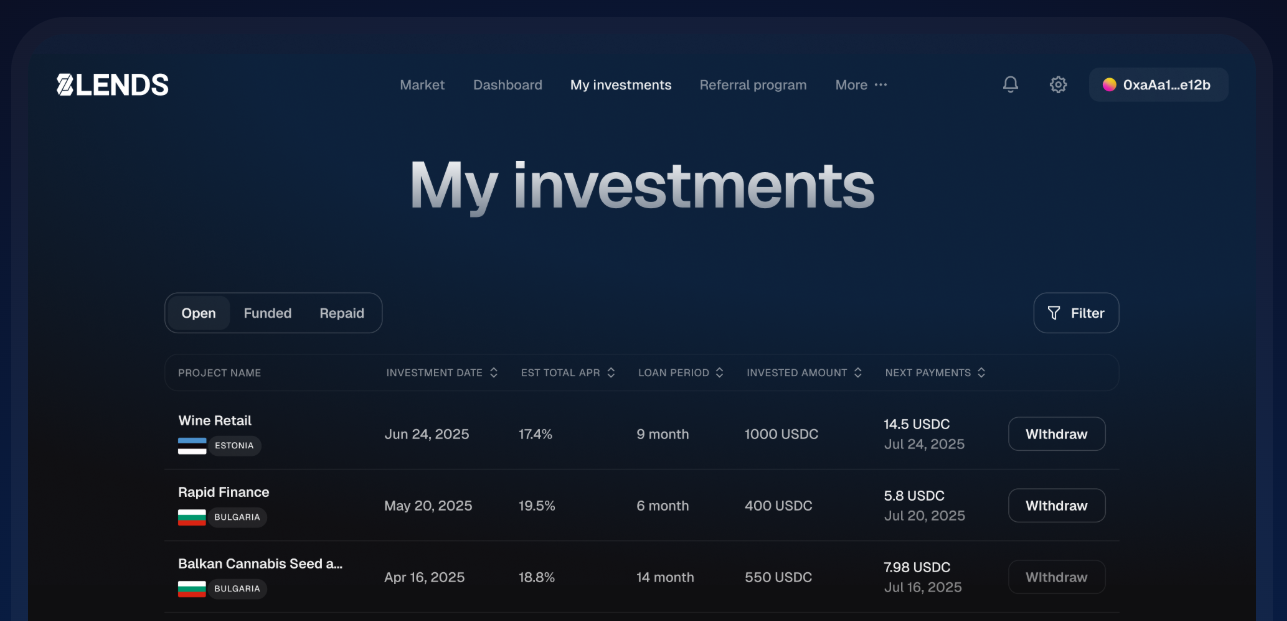
Integration with Third-Party APIs and Modular Solutions
In today's digital economy, frictionless processes depend upon being able to talk to third-party solutions, i.e., internet credit bureaus, identity authentication over the internet, and internet payment processors. Modern systems enable this interoperability through standardized API connections, which ensure efficiency as well as the quality of financial analysis. Is your system flexible enough to integrate new technologies easily?
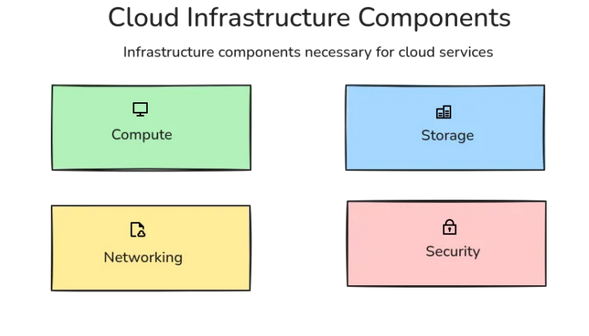
Automation: Making Processes More Efficient and Reducing Human Error
Automation of routine processes, such as loan disbursement processing, document verification, or reconciliations, means less human error and reduced cost of operations. With the freeing up of human resources from time-consuming manual processes, companies can invest more resources in strategic pursuits such as product development and interaction with customers. How much more effective could your company be with automated processes?
Powerful Data Insights
Most groundbreaking among the benefits is the ability to take advantage of the deep examination of data. Advanced digital infrastructure enables instantaneous examination of credit behavior and risk patterns, enabling institutions to refine models of risk appraisal and tailor financial products to the degree of unique user profiles. The outcome is more adaptable pricing models that dynamically change interest rates and charges based on market conditions. Would real‑time data analysis enhance your decisions?
Overcoming Migration Challenges: A Path to Modernization
The shift to the modern, cloud-based environment from legacy systems is abounding with challenges. Data migration, multi-vendor integration, and adapting to enhanced operational complexity are a few of the most critical challenges.
Data Migration and Hybrid Solutions
Migration of huge quantities of legacy data to a remote server system is normally carried out in phases. Picking up the hybrid model first, organizations can continue operating without service loss until the move is complete. Are you prepared for phased migration with minimal downtime?
Evading Dependence on One Vendor
Overreliance on one supplier can have huge risks. A multi-vendor strategy draws on the strengths of several providers, providing redundancy and more flexibility in the future. Would having several digital partners protect your operations from possible vendor problems?
Handling Growing Complexity
With user loads expanding and credit services expanding, it is difficult to manage distributed systems. It is worth spending on high-end monitoring software and veteran IT architects to ensure system performance in high usage. How would professional planning and management make your online operations more robust?
Conclusion
Online finance is revolutionizing the procurement of credit. Advanced virtual infrastructures have the scalability, security, and flexibility to drive innovation within peer-to-peer credit markets. With capabilities ranging from seamless third-party integration to real-time data analytics, these platforms allow organizations to react to market trends in a timely fashion while protecting sensitive financial information.
So, how are you going to transform your strategy? If you must create a more sophisticated pricing model, invest in cutting-edge technology, or optimize your day-to-day operations, embracing an open, digital-first approach is the way to remain competitive in today's world of finance. We challenge you to ask yourself: How would these innovative solutions transform your own business model and drive sustainable growth? Share your thoughts with us, and let's jointly explore the bright future of digital finance.
If you’re interested in taking advantage of lending at a distance, participating in loans featuring shared risk between numerous individuals, or obtaining such a loan, 8lends offers a pivotal opportunity to fund exciting projects that bring about positive change in society while offering high profitability.



